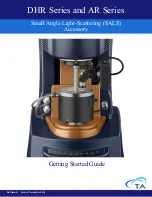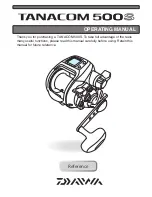
QSA Global, Inc.
40 North Avenue Burlington, MA 01803
888.272.2242
781.272.2000
qsa-global.com
Operations Manual
MAN-067
March 2023
Page 16 of 32
Principles Of Operation
.
Radiography uses X-rays or gamma rays passing through a specimen onto an imaging medium (film, digital detector,
imaging plate, etc.) on the opposite side. The quality and quantity of radiation reaching the imaging medium is largely
determined by the object’s thickness and density. Radiation
energy
(X-ray = kV; Gamma Ray = isotope) governs its
penetrating power. Radiation
intensity
is governed by current (milliampere or mA) for X-rays, and by content activity
(Curie/Becquerel) for radioisotopes.
Radiographic Quality
Radiographic quality depends on an image’s photographic (density, contrast) and geometric (definition, distortion)
properties. Proper
energy
and
intensity
selection are both essential for producing high-quality radiographs.
Sources (X-Ray & Gamma Ray)
Table 2 Radiation Comparisons
Radiation
Source
Energy
(Quality)
Intensity
(Quantity)
X-Ray
Determined by voltage (kV)
Higher kV = shorter wavelength = higher
penetration
Determined by tube current (mA)
Higher mA = more electrons = more X-rays
Gamma Ray
Determined by type of radioisotope (keV or
MeV)
Determined by radioactivity (Ci/Bq): Gamma
Rays produced by unstable nuclei
disintegrations
Higher isotope energy = increasing
penetrating capability:
Co-60 > Cs-137 > Ir-192 > Se-75
Higher Ci = more disintegrations of nuclei =
more gamma rays
















































